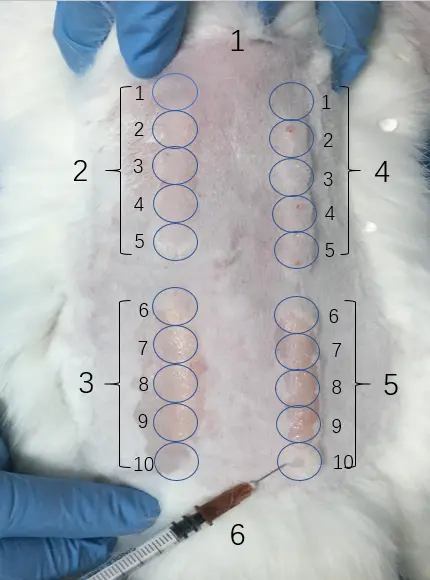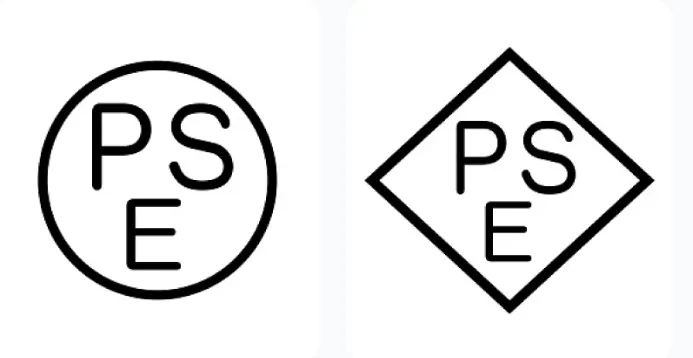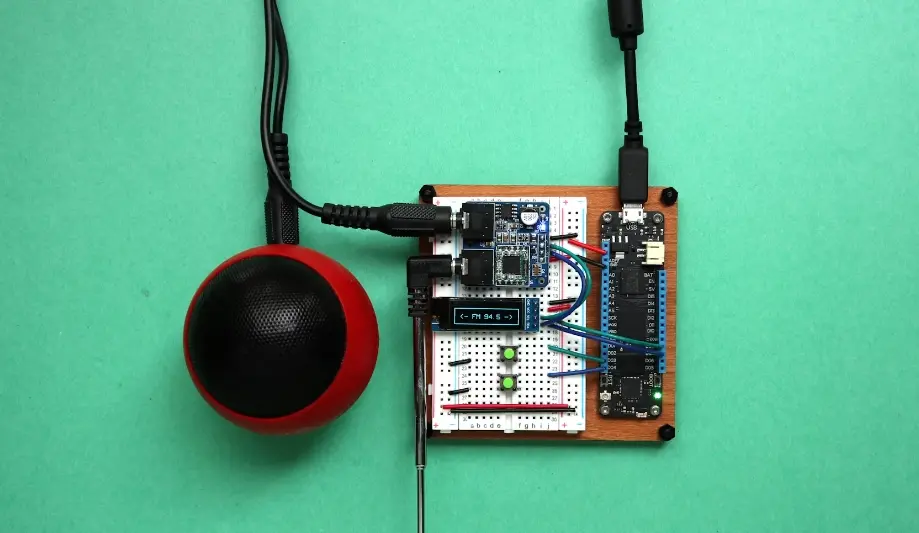
Intracutaneous Reactivity Test ISO 10993
What Is the Intracutaneous Reactivity Test?
Medical devices may contain various cheMICal substances, including additives like lubricants, colorants, adhesives, and sterilization residues. These substances coULd potentially cause irritation, which may manifest as inflammation, REDness, swelling, heat, and pain. Therefore, irritation testing is essential to assess whether a medical device may trigger such reactions upon contact with the human body.
Irritation testing methods include intracutaneous reactivity, skin irritation, eye irritation, and mucosal irritation tests. For devices not intended for direct contact with the eyes, skin, or mucosa—such as implants or externally communicating devices—the intracutaneous reactivity testis recommended. This in vivomethod evaluates irritation potential by injecting extracts of the medical device into the dermis of test animals.
I. Purpose of the Test
To assess the risk of skin contact hazards caused by chemicals released from medical devices.

II. Test Method
Test Subject: Rabbits
Extraction Media:
Polar: 0.9% sodium chloride solution
Non-polar: sesame oil
Injection Procedure:
Each extract is injected into five different siteson one side of the back of three animals, 0.2 ml per site.
The corresponding control media are injected into five sites on the opposite side.
Site layout is standardized (see description below).
Observation Times:
Immediately after injection
At 24, 48, and 72 hours post-injection
Evaluation Criteria:
Erythema (Redness):
0: No erythema
1: Very slight (barely visible)
2: Clearly visible
3: Moderate
4: Severe or eschar formation preventing grading
Edema (Swelling):
0: No edema
1: Very slight (barely visible)
2: Clearly visible, with raised edges
3: Moderate (raised about 1 mm)
4: Severe (raised over 1 mm and extending beyond the area)
Maximum Possible Score per Site: 8
Other Observations:
Any abnormal reactions at injection sites should be recorded and reported.
Injection Site Layout
1– Head end
2– Polar extract injection (0.2 ml)
3– Non-polar extract injection (0.2 ml)
4– Polar control injection (0.2 ml)
5– Non-polar control injection (0.2 ml)
6– Tail end
III. Result Evaluation
The final result is based on statistical analysis of the erythema and edema scores.
A mean score ≤ 1.0indicates that the sample meets the test requirements.
IV. Relevant Standards
1. iso 10993-10:2010 – Biological evaluation of medical devices – Part 10: Tests for irritation and skin sensitization
2. GB/T 16886.10-2017 – Biological evaluation of medical devices – Part 10: Tests for irritation and skin sensitization
3. GB/T 14233.2-2005 – Test methods for infusion, transfusion, and injection equipment for medical use – Part 2: Biological test methods
4. GB/T 16175-2008 – Biological evaluation methods for medical-grade silicone materials
5. EN ISO 10993-10:2010 – Biological evaluation of medical devices – Part 10: Tests for irritation and skin sensitization
6. ISO 7405:2018 – Dentistry — Evaluation of biocompatibility of medical devices used in dentistry
Email:hello@jjrlab.com
Write your message here and send it to us
 New METI Registration Regulations in Japan
New METI Registration Regulations in Japan
 Attention for Amazon Japan Sellers: New PSE Regula
Attention for Amazon Japan Sellers: New PSE Regula
 Compliance with Japanese Representative & METI
Compliance with Japanese Representative & METI
 ZigBee-LoRa-Z-Wave Product compliance testing
ZigBee-LoRa-Z-Wave Product compliance testing
 Compliance Testing for FM/AM/DAB/DMB Broadcast Rec
Compliance Testing for FM/AM/DAB/DMB Broadcast Rec
 NFC/RFID Product Compliance Testing
NFC/RFID Product Compliance Testing
 IEC 62368 Safety Standards Test Items and Requirem
IEC 62368 Safety Standards Test Items and Requirem
 How to Obtain EU EN 62368 Compliance Certification
How to Obtain EU EN 62368 Compliance Certification
Leave us a message
24-hour online customer service at any time to respond, so that you worry!




